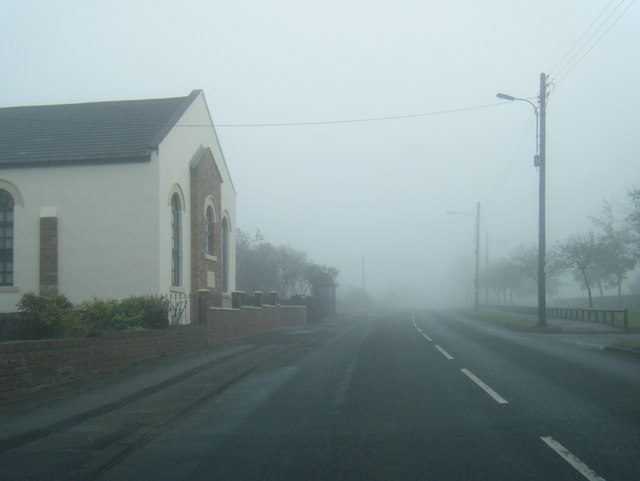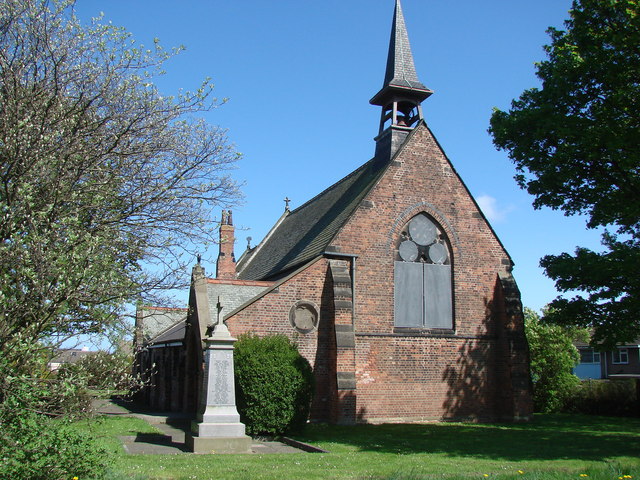Heathery Hill
Hill, Mountain in Durham
England
Heathery Hill

Heathery Hill is a prominent hill located in Durham, a county in northeastern England. It is situated near the village of Heatherycleugh, in the North Pennines Area of Outstanding Natural Beauty. Standing at an elevation of approximately 455 meters (1,493 feet), it offers breathtaking panoramic views of the surrounding countryside.
The hill is characterized by its heather-covered slopes, which give it its name. The vibrant purple hues of the heather create a stunning contrast against the greenery of the landscape. During the summer months, the hill is transformed into a sea of purple, attracting visitors from far and wide.
Heathery Hill is a popular destination for outdoor enthusiasts, particularly hikers and walkers. There are several well-marked trails that lead to the summit, offering a range of difficulty levels to suit different abilities. The hill provides a challenge for those seeking a more strenuous hike, but also offers gentler slopes for leisurely strolls.
The summit of Heathery Hill offers breathtaking views across the Durham Dales, with the North Pennines stretching out in all directions. On clear days, it is even possible to see as far as the North Sea coastline, providing a truly awe-inspiring sight.
In addition to its natural beauty, Heathery Hill is also home to a diverse range of wildlife. The hill is a haven for birdwatchers, with various species of birds, including the elusive black grouse, being spotted in the area. The surrounding moorland is also home to other wildlife, such as hares, foxes, and the occasional deer.
Overall, Heathery Hill is a picturesque and captivating destination, offering visitors the opportunity to immerse themselves in the stunning natural landscapes of County Durham.
If you have any feedback on the listing, please let us know in the comments section below.
Heathery Hill Images
Images are sourced within 2km of 54.785879/-1.4093007 or Grid Reference NZ3843. Thanks to Geograph Open Source API. All images are credited.






Heathery Hill is located at Grid Ref: NZ3843 (Lat: 54.785879, Lng: -1.4093007)
Unitary Authority: County Durham
Police Authority: Durham
What 3 Words
///corrupted.bumpy.gates. Near Haswell, Co. Durham
Nearby Locations
Related Wikis
Haswell, County Durham
Haswell is a village in County Durham, in England. It is situated 6 miles (9.7 km) east of the city of Durham, 9 miles (14 km) south of the city of Sunderland...
Tuthill Quarry
Tuthill Quarry is a Site of Special Scientific Interest in the County Durham district of north-east County Durham, England. It lies just over 1 km east...
High Haswell
High Haswell is a village in County Durham, in England. It is situated close to Haswell, a few miles to the east of Durham. == External links == Map sources...
South Hetton
South Hetton is a former mining village in the County Durham district of the ceremonial county of County Durham, England. It is situated 6.25 miles (10...
Nearby Amenities
Located within 500m of 54.785879,-1.4093007Have you been to Heathery Hill?
Leave your review of Heathery Hill below (or comments, questions and feedback).












